In response to high market demand and prices for ginger, farmers in Chatmohar, Pabna, have started cultivating ginger in bags. This innovative method, inspired by online tutorials, allows for efficient use of space and resources, with the potential for significant income. The local agriculture office reports that ten thousand bags of ginger have been cultivated this season, showing promising results.
Pabna, July 4 (V7N)- Ginger is widely used as a spice and herbal medicine across the country, and its current market price is quite high. To meet family needs and earn some extra income, some farmers in Chatmohar, Pabna, have started cultivating ginger in bags.
According to the Chatmohar Agriculture Office, this season, ginger has been cultivated in ten thousand bags in various unions, including Mathurapur, Dibigram, Chaikola, and Parshadanga in the Chatmohar Upazila.
Atikur Rahman, a farmer from Chaikola village in Chatmohar, told Voice7 News that he is cultivating ginger in bags for the first time. Inspired by a YouTube video, he began the process. He prepared 300 bags of soil by mixing soil with cow dung, mustard cake, ash, vermicompost, zinc, and boron. He procured 22 kg of Thai ginger seeds from Dinajpur at Tk 350 per kg. Each bag was filled with 20 to 25 kg of soil and placed in the small yard on both sides of his house.
He mentioned that he planted the ginger rhizomes in early April. Within a few days, the ginger plants sprouted and grew quickly. By utilizing about one and a half percent of the unused yard space, he dreams of earning a substantial income. Passersby are amazed by the rows of green ginger plants in bags on the west side of the Chatmohar-Kachikata road.
Atikur further explained that he works in mobile servicing at Kachikata market. Apart from his house, his family owns only three bighas of lowland, unsuitable for ginger cultivation. Hence, he is cultivating ginger in his yard and personally takes care of the plants in his spare time.
Ginger can be harvested eight months after planting. He expects to get about 300 kg of ginger from the bags, which could fetch around Tk 80,000 to 85,000 in the current market. With a bit of good yield, he might even earn a lakh taka. So far, he has spent only Tk 16,000. However, he noted that yields could be affected if the plants suffer from rhizome rot.
People of various ages from the area are coming to see the ginger cultivation in bags. They are seeking advice and learning about the cultivation method. Some are becoming interested in adopting this method. Alongside Thai ginger, Atikur is also experimenting with Burmese and local varieties in a few bags. If successful, he plans to expand ginger cultivation in the future.
Among the farmers cultivating ginger in bags, Mohir Uddin and Jane Alam said that bag cultivation does not require separate land. Since the bags can be moved, the crops are protected from heavy rains or floods. The risk of soil-borne diseases is also reduced. By utilizing unused and shaded areas around the house, additional income can be earned.
Chatmohar Upazila Agriculture Officer A. A. Masum Billah told Voice7 News that April-May is the ideal time for planting ginger rhizomes. Ginger generally grows well in hilly areas. Cultivating ginger in bags does not waste separate land, and the soil in the bags is easier to control. Ginger is very valuable, and we are encouraging farmers to cultivate it, providing technical support and necessary advice.
We are also assisting in procuring good quality seeds from various places. Cultivating ginger in bags can meet family needs and provide farmers with additional income.
END/SRP/DK/



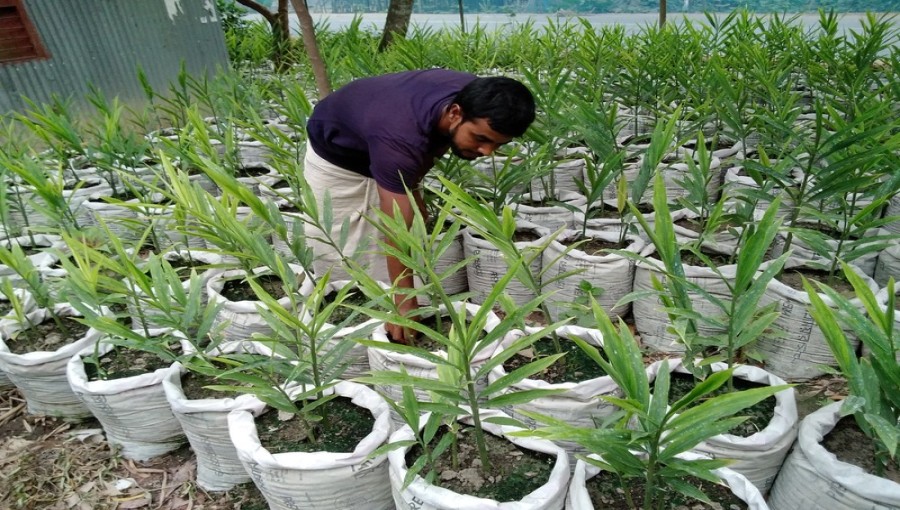
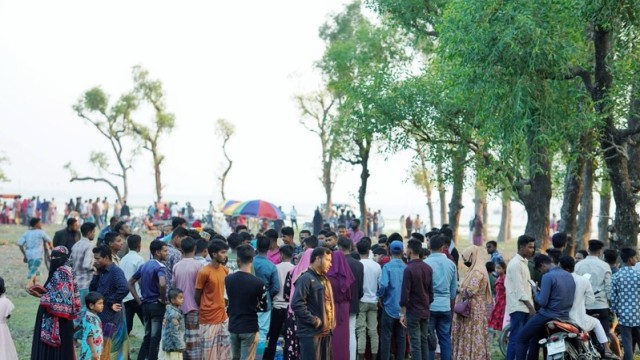






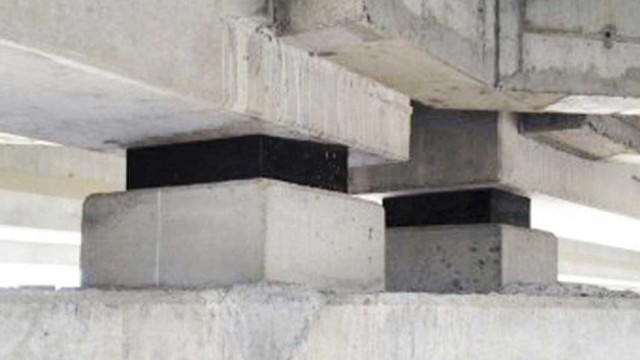
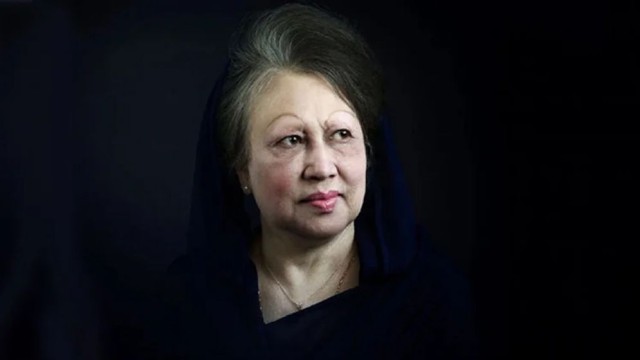



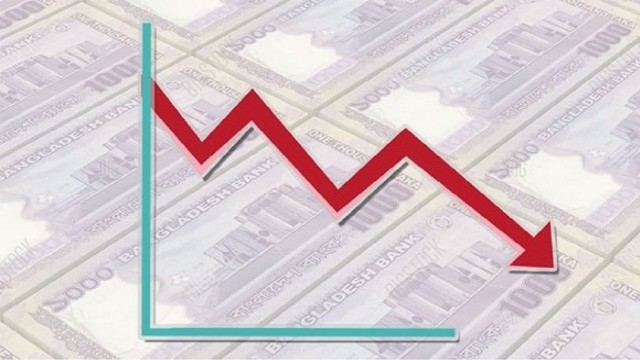
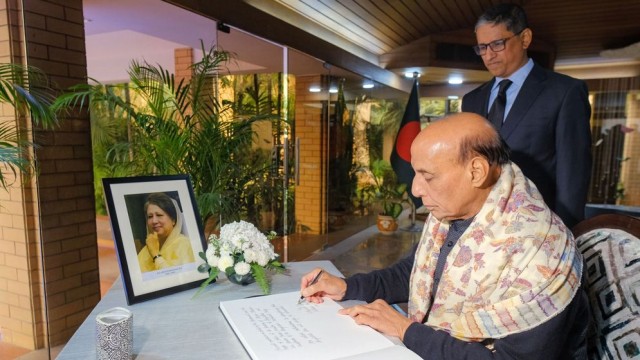




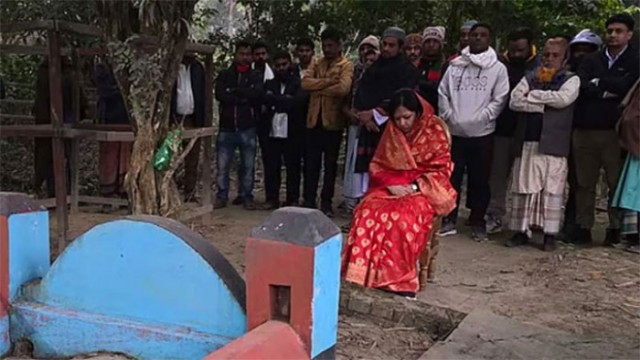
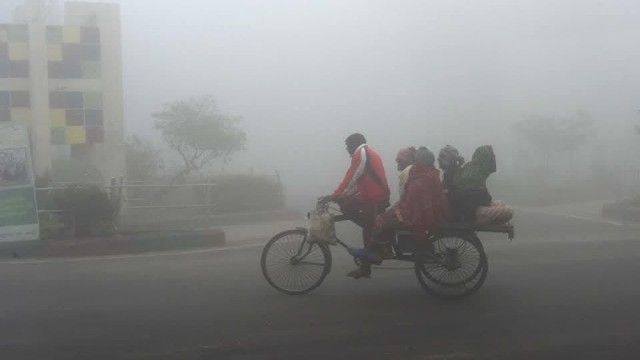
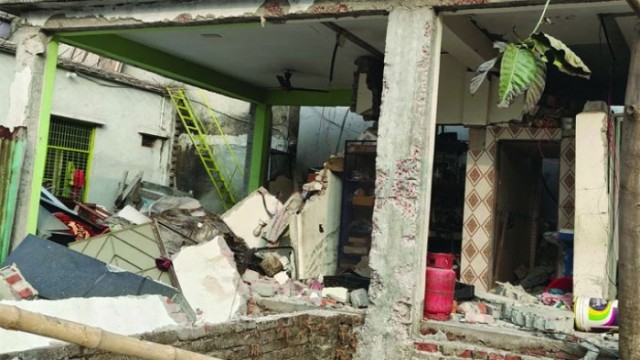






Comment: